- Product
- Solution for
For Your Industry
- Plans & Pricing
- Company
- Resources
For Your Industry
In the competitive landscape of online retail, the difference between success and failure can often hinge on the pricing strategy you adopt. As Harvard Business School’s Robert J. Dolan famously said, “Price is not the key differentiator, it’s the strategy behind price that matters.” This sentiment underscores the importance of pricing objectives, which form the foundation for any effective pricing strategy.
By setting clear and thoughtful pricing objectives, online retailers can position their businesses for sustainable growth. These objectives are essential because they not only guide day-to-day pricing decisions but also ensure that these decisions are aligned with broader business goals such as profitability, market share expansion, and customer retention. Let’s explore the key elements involved in setting pricing objectives for growth in online retail.

Pricing objectives are the specific, measurable goals that guide a business’s pricing strategy. These goals could range from maximizing profits to increasing sales volumes or even achieving greater customer loyalty. For example, a company looking to maximize its profit margins will approach pricing differently from one trying to penetrate a new market or dominate a particular niche. In short, these objectives provide the “why” behind the pricing decisions you make.
In eCommerce, pricing is more than just a number—it’s a powerful tool that directly impacts customer behavior, brand perception, and the bottom line. According to a Deloitte study, 82% of shoppers claim that price comparison is a key factor in their online purchase decisions. In a digital marketplace where customers can easily compare prices across multiple retailers, getting your pricing right becomes crucial.
Pricing also plays a significant role in brand positioning. Higher prices often signal premium quality, while lower prices could communicate value or affordability. However, setting prices too low could create an impression of inferior quality, which may be detrimental to your brand in the long run.
Setting the right pricing objectives is a critical first step in crafting an effective pricing strategy. Let’s look at some of the most common objectives in online retail:
This objective seeks to maximize the profit per unit sold. Retailers with niche products or higher overhead costs often prioritize profit maximization. However, focusing solely on profit can sometimes alienate price-sensitive customers. Striking the right balance between profitability and customer satisfaction is crucial.
New entrants to the market frequently aim to gain market share quickly, often by offering lower prices than established competitors. This objective is particularly effective for businesses trying to disrupt a market or introduce new products. The trade-off is typically lower profit margins in the short term, but the long-term goal is customer acquisition and loyalty.
Increasing the number of units sold, even at the expense of per-unit profitability, is a key objective for some online retailers. This is often the case with companies like Amazon, which use pricing strategies focused on increasing sales volumes to gain a competitive edge.
Pricing can be used to encourage repeat purchases through loyalty programs, subscription models, or discounts for returning customers. Subscription-based pricing, in particular, offers convenience and savings, helping businesses maintain long-term customer relationships.
Competitive pricing involves setting prices in direct comparison to competitors. Many retailers, like Walmart and Target, use this strategy to remain relevant in their markets. Competitive pricing may also involve price-matching policies, where a retailer agrees to adjust its price if a competitor offers the same product for less.
Once you’ve established your pricing objectives, it’s time to select the strategies that will help you achieve them. Here are several key pricing strategies that align with different growth objectives in online retail
Dynamic pricing is a strategy that involves adjusting prices in real-time based on demand, competition, and other factors. Businesses like Uber and Airbnb are well-known for using this model to maximize revenue, but online retailers like Amazon have also mastered this approach. Amazon analyzes user behavior and competitor pricing data, often adjusting its prices multiple times a day. By doing so, the company strikes a balance between offering competitive pricing and maximizing profit margins.
The beauty of dynamic pricing is its flexibility. By leveraging technology, online retailers can respond to market changes quickly, whether it’s a surge in demand or a competitor dropping prices.
Bundling is another effective strategy that aligns with the objective of growing sales volume. Retailers bundle complementary products together and offer them at a slightly discounted price, encouraging customers to buy more than they might have otherwise. A good example of this is how electronics retailers offer discounts on accessories when customers purchase items like laptops or smartphones.
Fast-food chains like McDonald’s have long capitalized on bundling through value meals, which combine burgers, fries, and drinks at a lower price than purchasing each item separately. This strategy not only increases transaction value but also simplifies the buying process for customers.
Penetration pricing involves setting lower prices to attract customers when entering a new or competitive market. The goal here is not immediate profitability, but rather gaining market share and building a customer base. Spotify, for example, initially offered free trials and competitive subscription rates to gain users before upselling its premium services.
Similarly, Warby Parker disrupted the eyewear market with affordable, premium-quality glasses sold directly to consumers, bypassing traditional retail markups. This strategy helped Warby Parker rapidly capture market share, positioning itself as a go-to brand for price-conscious yet style-driven customers.
Setting effective pricing objectives involves a combination of market analysis, competitor benchmarking, and a deep understanding of your business goals. Here are the steps you can follow:
Understanding your market and your customer base is essential. Conduct surveys, gather customer feedback, and use market research tools like Google Analytics to analyze consumer behavior. Price monitoring tools can provide insights into competitor pricing, allowing you to make informed decisions.
Ensure that your pricing covers all costs associated with your business, from production and shipping to marketing and operational expenses. It’s also important to consider long-term costs like customer acquisition and lifetime value.
Study the pricing strategies of your competitors to see where you stand. Are they focusing on premium pricing, or are they targeting more price-sensitive customers? Using price monitoring tools, you can gather data on competitor pricing trends and ensure your prices are competitive without sacrificing margins.
Your pricing objectives should be aligned with your broader business goals. If you’re looking to expand rapidly, for example, pricing aimed at customer acquisition might make more sense than focusing solely on profit maximization. Conversely, if your goal is to build long-term customer loyalty, you might consider pricing models that encourage repeat purchases, such as loyalty-based discounts or subscription services.
Pricing isn’t static, and neither should your pricing strategy be. Testing different pricing models is essential to finding what works best for your business. Use A/B testing, monitor conversion rates, and track customer lifetime value to measure the success of your pricing decisions.
To stay competitive and ensure that your pricing objectives are well-aligned with your business goals, leverage data analytics and customer insights. By using price monitoring software, gathering customer feedback, and analyzing competitor behavior, you can create a data-driven pricing strategy that adapts to market trends and customer preferences.
This approach allows you to fine-tune your pricing objectives in real time, ensuring that your strategy remains dynamic, responsive, and capable of driving sustainable growth.
Setting the right pricing objectives is essential for growth in the fast-paced world of online retail. Whether your goal is to maximize profits, increase sales volumes, or foster customer loyalty, having a clear understanding of your objectives is the first step toward developing a winning pricing strategy. By staying adaptable and leveraging the power of data-driven insights, you can position your online retail business for long-term success in an increasingly competitive market.
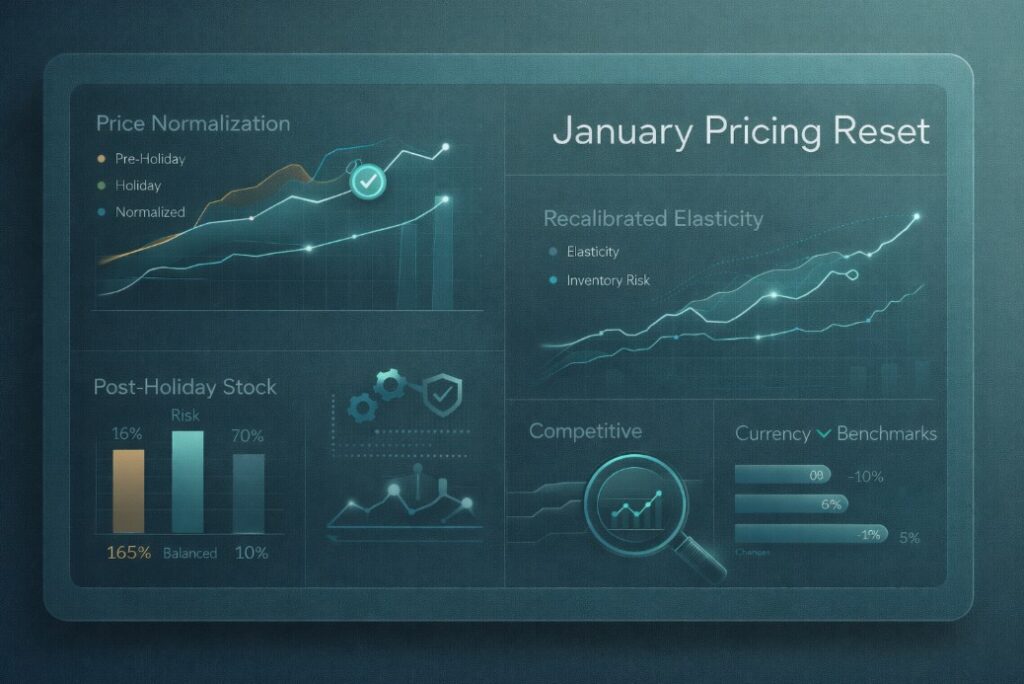
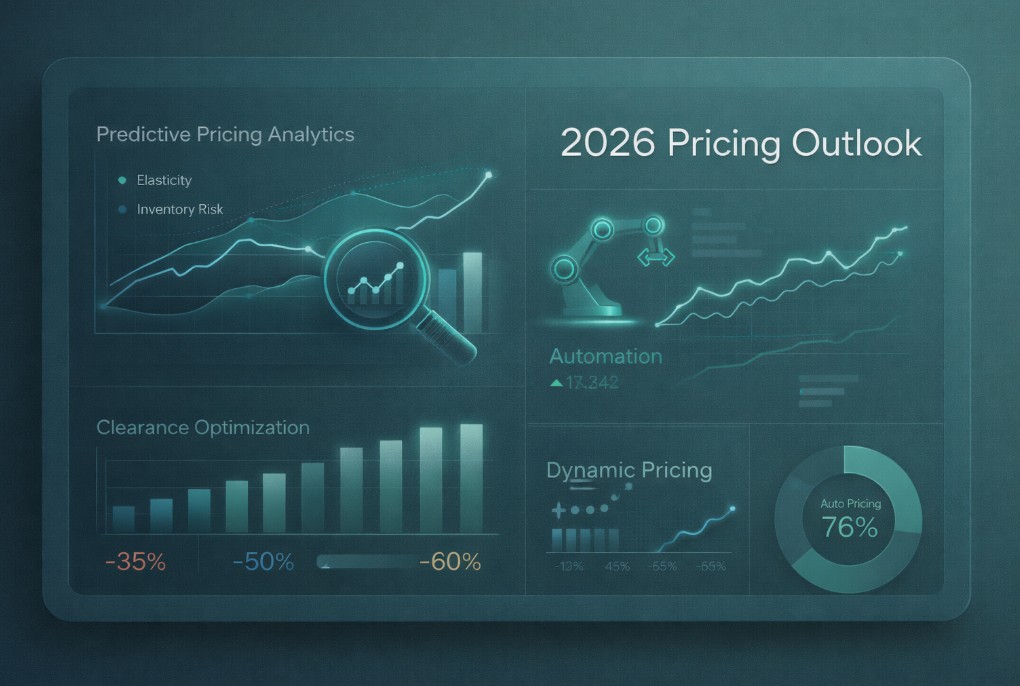

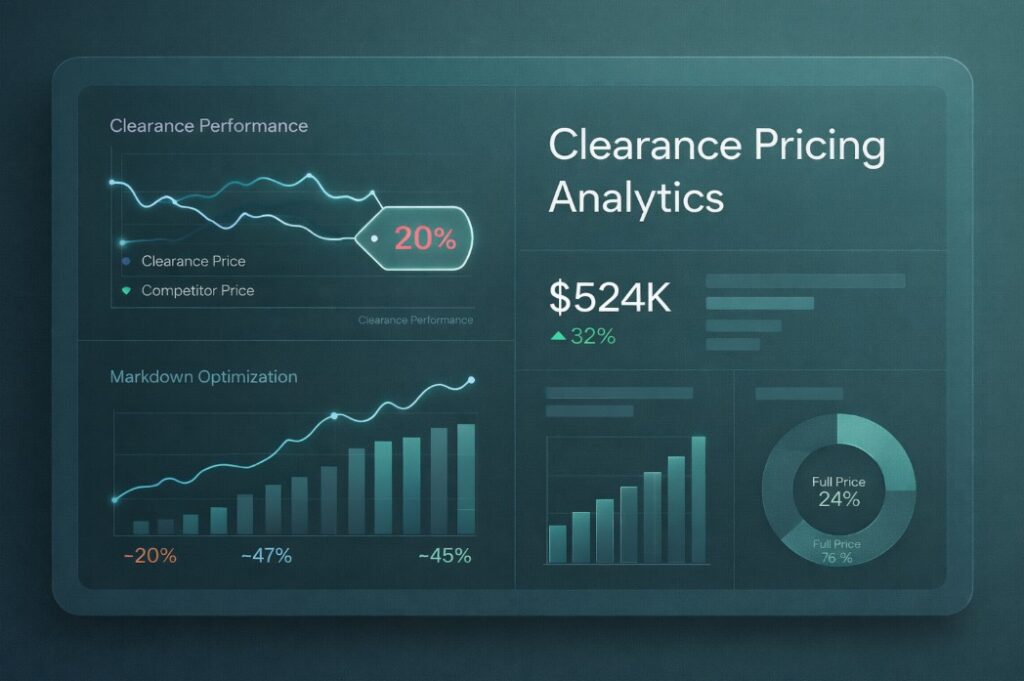
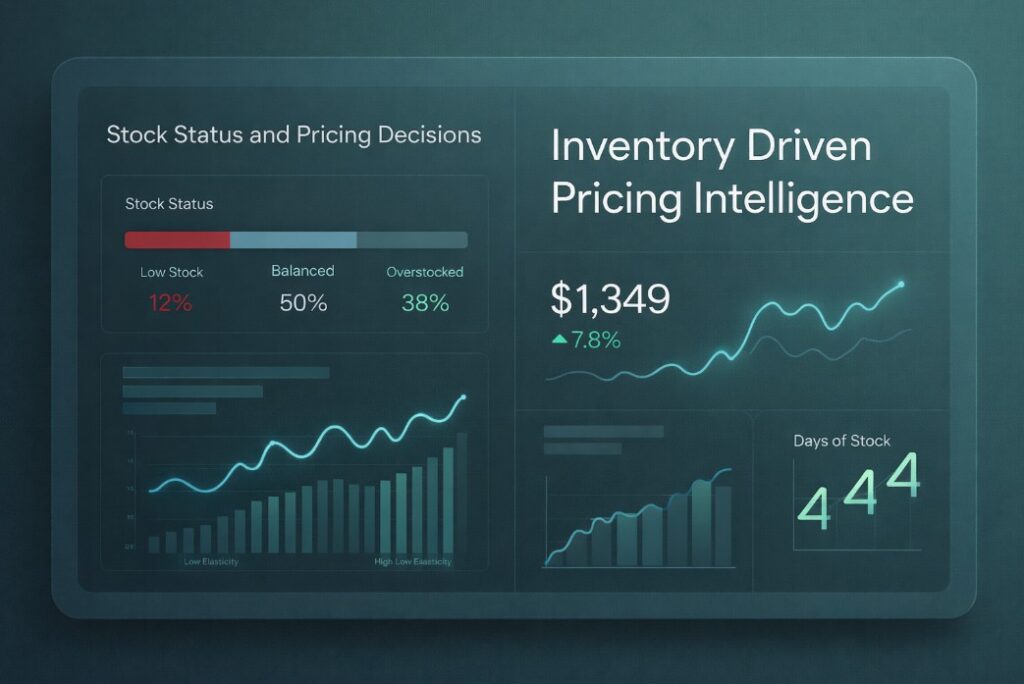
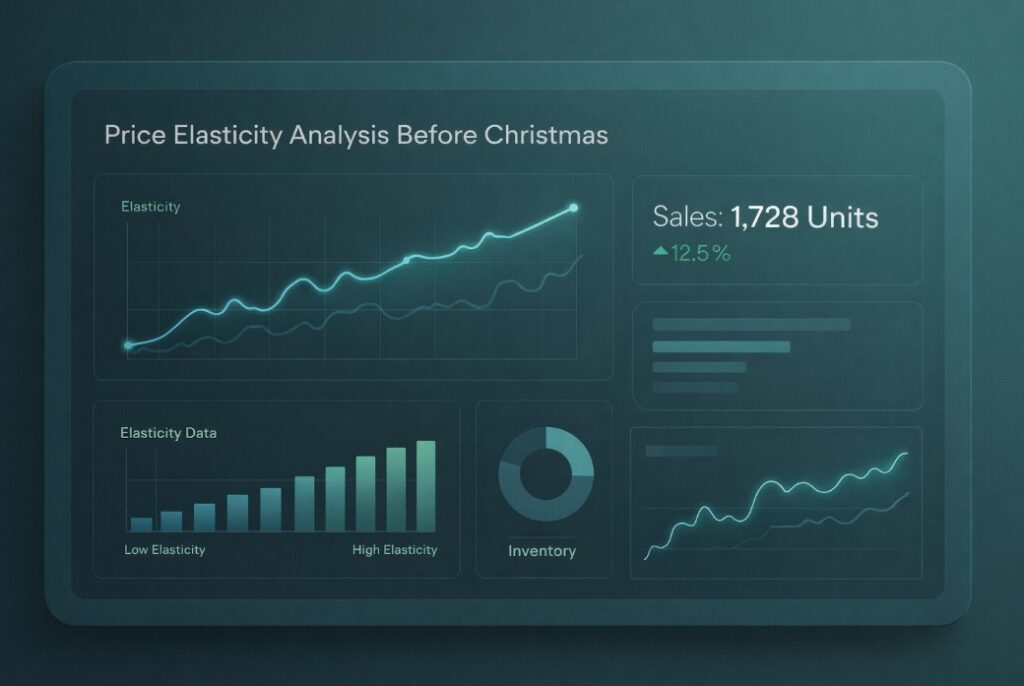
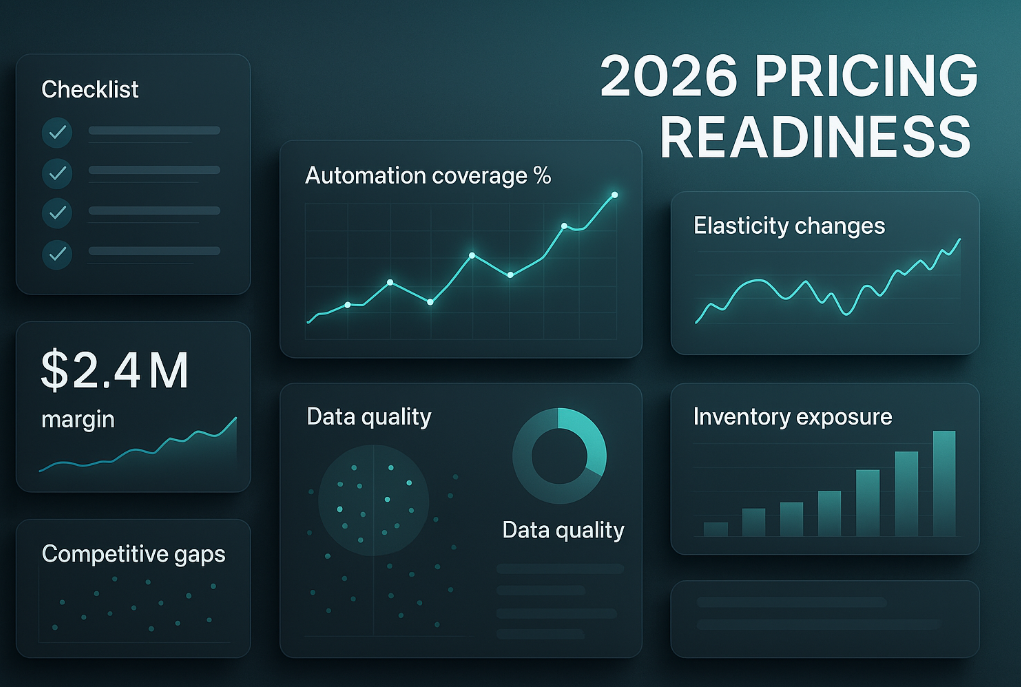






Missing an important marketplace?
Send us your request to add it!